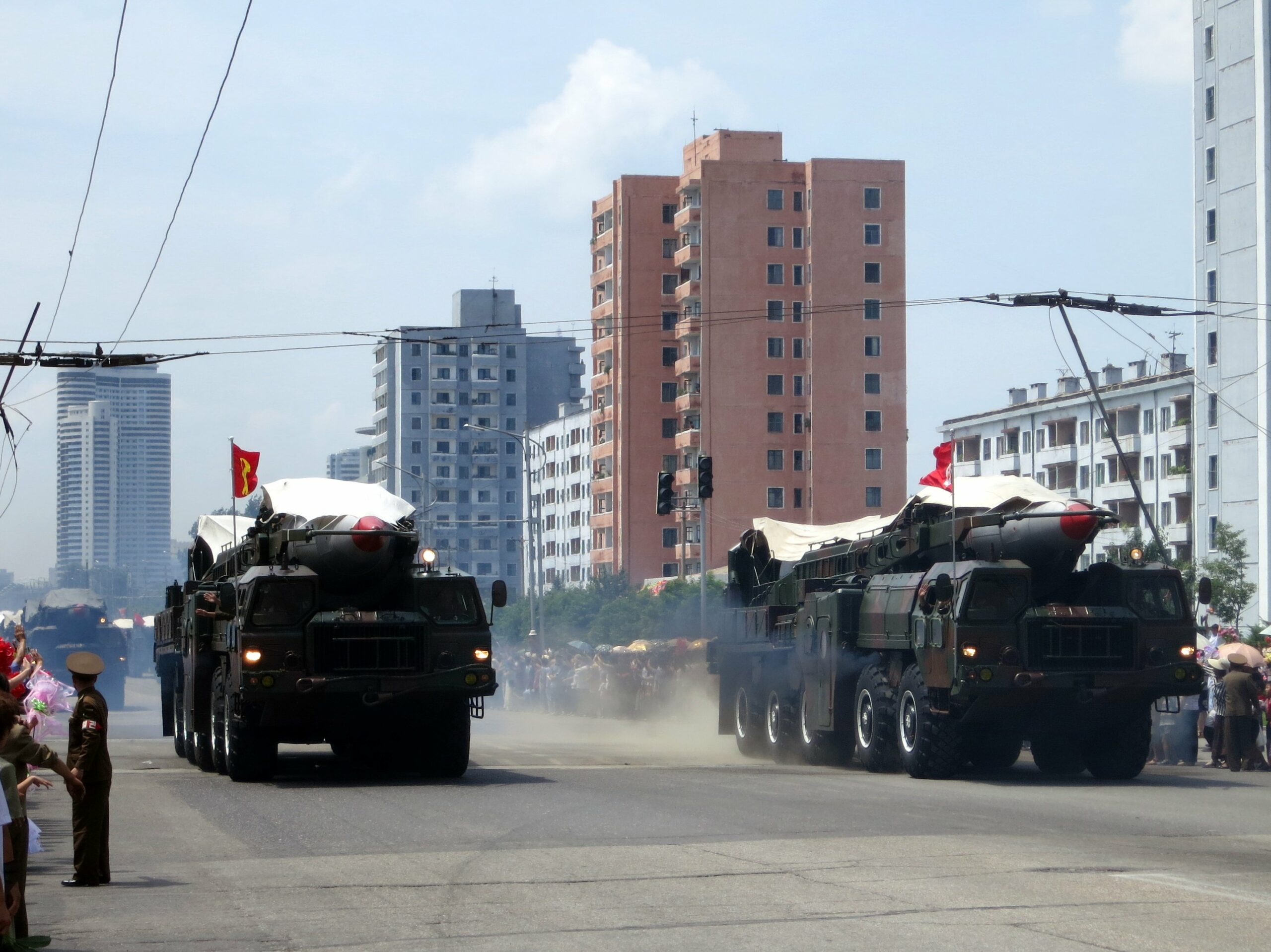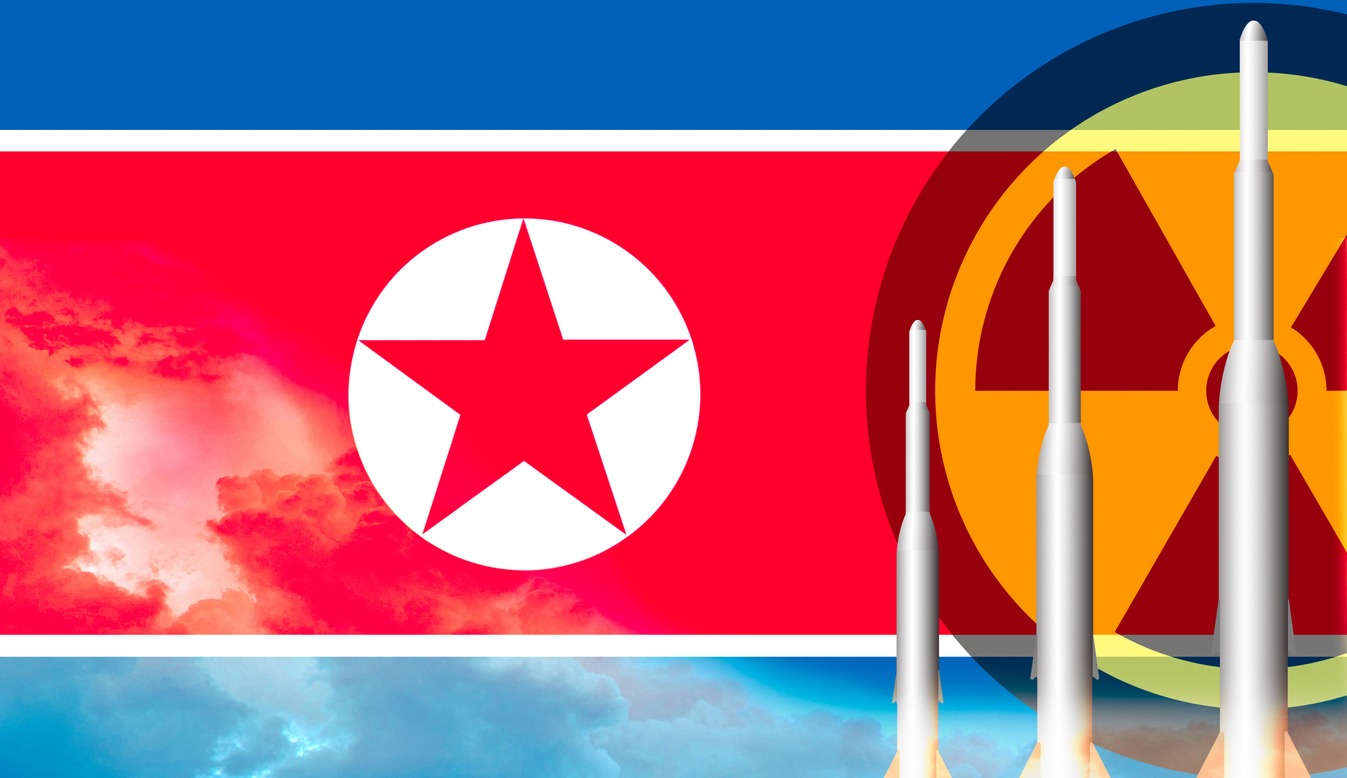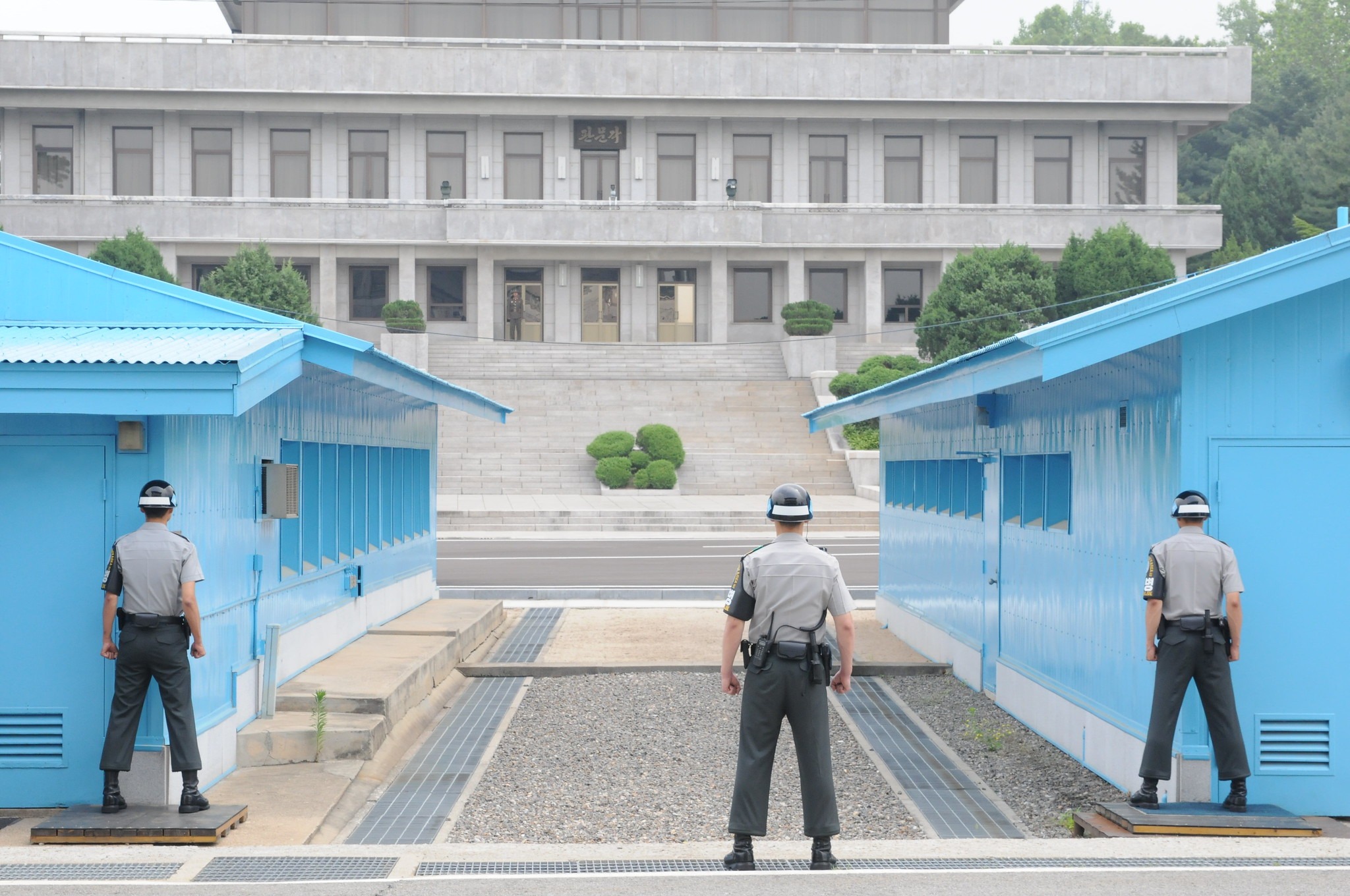Uniting South Korea is Key
THE KOREA TIMES
APLN member Kim Won-soo expands on his initial thoughts on North Korea’s Hypersonic Missile Tests as shared in an APLN Pulse analysis. Below is his column with the Korea Times, posted on October 24, 2021. The original post can be found here.
Volatility in the strategic equation of the Korean Peninsula has recently risen. From a short-term perspective, the volatility largely stems from the growing anxiety over a prolonged stalemate in North Korea’s dialogue with the United States. It remains uncertain at this time whether the North will choose tension or rapprochement to break the stalemate.
From a long-term perspective, the cycle of North Korean behavior needs to be understood in the context of the evolving strategic equation in and around the Korean Peninsula. The equation is complex as it involves the two Koreas as well as four other major powers, the United States, China, Japan and Russia.
Each of these four is among the most powerful countries in the world and have direct but often conflicting stakes in Korean peninsula issues. The equation is also heavily loaded with a full agenda array spanning from politics to socioeconomics, including humanitarian and human rights issues and security.
Recently, typical of its behavioral pattern, North Korea is sending two conflicting signals simultaneously. The alleged launch of a series of new missiles, including a submarine-launched ballistic missile and a hypersonic gliding vehicle (HGV), was synchronized with some overtures for dialogue.The launch came as yet another example of a predictable surprise by North Korea.
It was predictable as a follow-up to the stated intention made by the North Korean leader earlier this year. But it was still surprising since it took place faster than generally expected. Subject to further analysis, North Korea may have joined a select group of very few countries possessing HGV technology, including Russia, China and the United States. North Korea also offered some olive branches on the inter-Korean front by suggesting the reconnection of severed communication hotlines as well as hinting at the resumption of dialogue with strings attached.
As usual, we need to read between the lines about these seemingly contradictory acts by North Korea.
In my view, reading between the lines reveals three things. First, it is meant as a warning to its neighbors, particularly South Korea and the United States, to take its military advances seriously. Of course, further details need to be carefully analyzed to verify the claim. Undoubtedly, however, the launch itself of new missile systems has serious implications on the efficacy and credibility of the respective missile defense systems of the U.S. and South Korea.
Secondly, it is a reminder that time is not on our side as far as the nuclear and missile clock is concerned. With the passage of time, North Korea will continue to make advances both in the quantity and quality of their nuclear and missile arsenals. Thirdly, it is a coded confession by North Korea about its growing difficulties caused by the triple sources of pain: 1) international sanctions; 2) internal, self-imposed restrictions due to the COVID-19 pandemic; and 3) repercussions of natural disasters aggravated by its weak infrastructure and coping capacity. In that sense, time is not on North Korea’s side, either.
Our response to these complex messages sent by North Korea must be two-pronged. On the one hand, we need to carefully assess the implications of North Korea’s continuing advances in nuclear and missile capabilities and make necessary adjustments in our deterrence and defense postures. On the other hand, we need to work harder with the U.S. and other friends to explore yet another path to a negotiated settlement. The pursuit of this path will be tough, as it has been so far. We all know too well that there is no magic solution.
But it is also clear that a negotiated settlement still remains the best possible, or at least the least terrible option, as all other options are worse. Its pursuit requires creativity and flexibility. We need to learn from our past trials and failures and think anew. We also need to have a long-term perspective in view of the myriad challenges affecting all aspects of our life on the Korean Peninsula.
The pursuit of a negotiated settlement backed by robust deterrence must be our preferred way forward. This journey, we must assume, will be tough and long.
We can think of it as a bumpy ride pulled by six horses ― the two Koreas and the four surrounding powers. There is a consensus about the destination, which is a lasting peace and complete denuclearization of the Korean peninsula. But this remains mostly as a declaratory goal without clarity on how we get from here to there.
A huge vacuum exists on the methodology and substance of the journey. Each of the six horses differs in terms of size and interests. Each has a different agenda with different priorities, and therefore wants to pull the cart in different directions. Here comes the role of South Korea. Despite its smaller size relative to the other four except North Korea, South Korea must play the role of an anchor to steady and steer the journey.
For that, South Korea needs bipartisan consensus on the way forward. The first and foremost task of the next president of South Korea, whoever is elected next March, is to design a long-term roadmap of the journey and get it endorsed with bipartisan domestic support. Divided, South Korea will be unable to steady itself and others. A united South Korea is the only way to steer the challenging journey toward the shared destination.
Image: Wikimedia Commons




